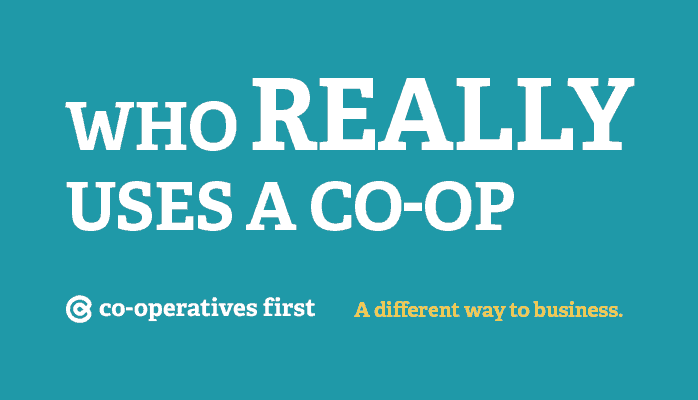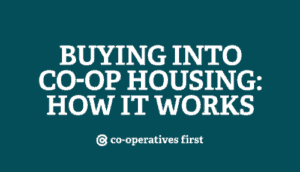Co-operatives are businesses. They provide products or services, create jobs and generate wealth. They also generally maintain local control. This attachment to community is often the economic benefit of co-ops. But who OWNS a co-operative may be very different from those that USE a co-op’s services.
Ownership is a commitment that extends beyond patronizing a business, and many community members will not share an interest in those responsibilities. Plus, shareholders need to understand their rights and responsibilities. So, defining whether a person must hold a membership to access a co-op is important to the well-being of the business. Take the time to get this right.
Who are a co-operative’s shareholders
Quite often the people or businesses that use a co-op’s products or services own it. But this is not true for all co-ops. Shareholders in a co-op make financial and personal investments into the business. Like most owners, they do this to create a return on their investment.
Most community members will not make this investment of money and time. So, allowing non-members to use a co-op can create a “free-rider” problem. A “free-rider” is a situation where a few individuals complete most of the work, but the business allows everyone to benefit. You can see how that mind set can create some tension. Defining ownership in a co-operative’s business plans or bylaws helps avoid this problem.
That said, non-member use is essential for many co-ops. Worker co-ops rely on consumers or contract workers to profit. Likewise, retail co-operatives serve non-members to generate greater profits for shareholders.
Thinking outside membership
Co-operatives should think strategically about capturing non-members in their market. The Saskatoon Co-operative Association is a retail co-operative with over 100,000 shareholders. An impressive feat. But the co-op competes in a market of approximately 350,000. Restricting the market to members limits the potential revenue of the business, and limiting revenue means generating fewer profits for the co-op’s shareholders.
Sometimes “members-only” matters
Often, co-operative businesses rely on their structure to organize effectively and remain competitive. Agriculture and marketing co-operatives limit membership and use of their services. They do this to ensure member producers can get products to market. New Generation Co-operatives also limit their services to members. This capacity to limit access ensures shareholders gain priority when delivering product.
A successful co-operative business has an ownership structure that strengthens the business. This structure should create efficiencies, but also ensure the business is accessible to those that can use its services. Considering why the co-op exists and who should benefit is important. Make sure to take the time to figure it out properly.
Considering a co-op? Contact us. We have the tools, networks and resources to help find your path forward.

 Written by
Written by 


